Malek Aburub
Learning Diffusion Policies from Demonstrations For Compliant Contact-rich Manipulation
Oct 25, 2024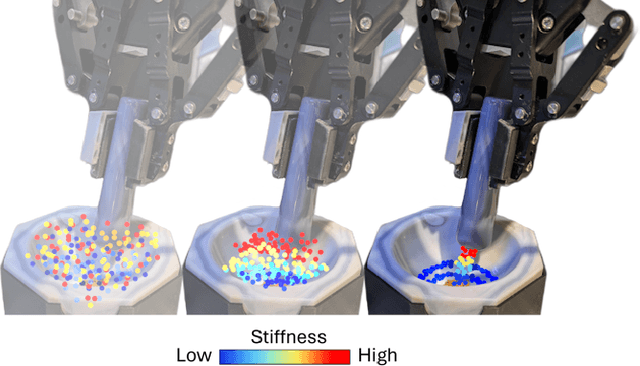

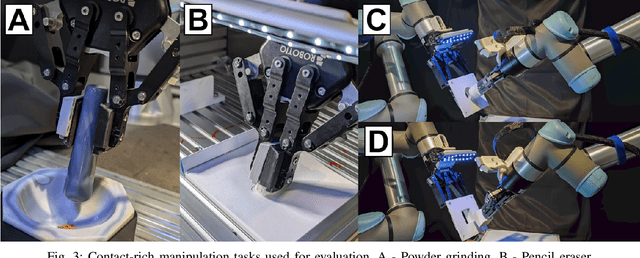

Abstract:Robots hold great promise for performing repetitive or hazardous tasks, but achieving human-like dexterity, especially in contact-rich and dynamic environments, remains challenging. Rigid robots, which rely on position or velocity control, often struggle with maintaining stable contact and applying consistent force in force-intensive tasks. Learning from Demonstration has emerged as a solution, but tasks requiring intricate maneuvers, such as powder grinding, present unique difficulties. This paper introduces Diffusion Policies For Compliant Manipulation (DIPCOM), a novel diffusion-based framework designed for compliant control tasks. By leveraging generative diffusion models, we develop a policy that predicts Cartesian end-effector poses and adjusts arm stiffness to maintain the necessary force. Our approach enhances force control through multimodal distribution modeling, improves the integration of diffusion policies in compliance control, and extends our previous work by demonstrating its effectiveness in real-world tasks. We present a detailed comparison between our framework and existing methods, highlighting the advantages and best practices for deploying diffusion-based compliance control.
Functional Eigen-Grasping Using Approach Heatmaps
Jan 22, 2024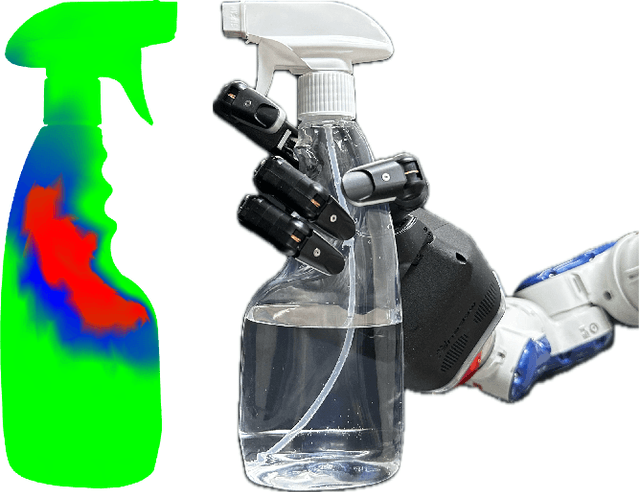
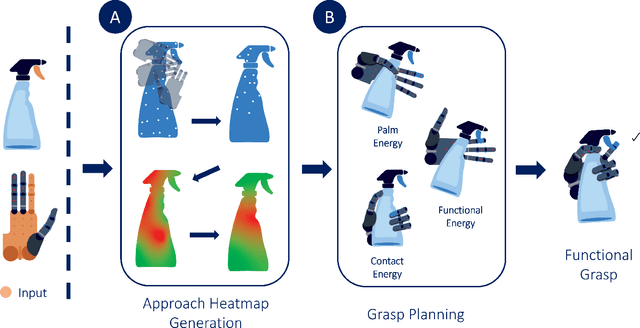
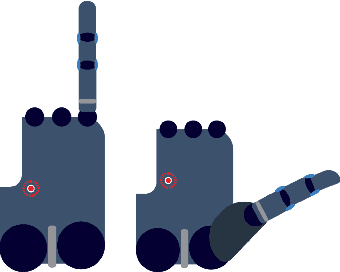
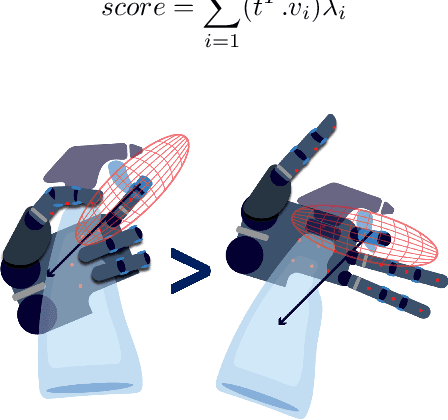
Abstract:This work presents a framework for a robot with a multi-fingered hand to freely utilize daily tools, including functional parts like buttons and triggers. An approach heatmap is generated by selecting a functional finger, indicating optimal palm positions on the object's surface that enable the functional finger to contact the tool's functional part. Once the palm position is identified through the heatmap, achieving the functional grasp becomes a straightforward process where the fingers stably grasp the object with low-dimensional inputs using the eigengrasp. As our approach does not need human demonstrations, it can easily adapt to various sizes and designs, extending its applicability to different objects. In our approach, we use directional manipulability to obtain the approach heatmap. In addition, we add two kinds of energy functions, i.e., palm energy and functional energy functions, to realize the eigengrasp. Using this method, each robotic gripper can autonomously identify its optimal workspace for functional grasping, extending its applicability to non-anthropomorphic robotic hands. We show that several daily tools like spray, drill, and remotes can be efficiently used by not only an anthropomorphic Shadow hand but also a non-anthropomorphic Barrett hand.
 Add to Chrome
Add to Chrome Add to Firefox
Add to Firefox Add to Edge
Add to Edge